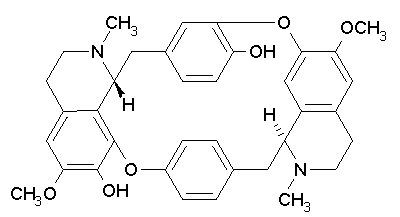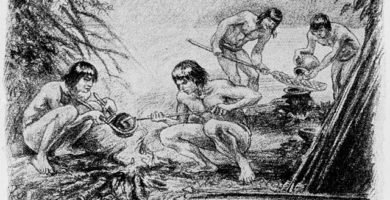
A poison is any liquid, solid or gaseous substance that causes illness or injury, or that alters the function of the digestive or reproductive system when it comes into contact with living beings, causing death.
Specialists classify poisons into two classes: hemotoxic poisons and neurotoxic poisons.
Hemotoxic poisons
Hemotoxic agents destroy red blood cells, interrupt blood flow by coagulation, and/or cause organ degeneration and tissue damage.
Hemotoxic agents, which act on the heart and cardiovascular system, produce death more slowly than neurotoxic agents, which act on the neurocerebral system.
Neurotoxic poisons
Neurotoxicants produce alterations of the nervous system and the brain.
Cytotoxic poisons
Experts in the field even speak of another type of poison, cytotoxics, which act specifically on the place or tissue where the bite occurred.
Poisonous Plants in the Amazon Rainforest
The two main poisons of the Amazon Rainforest are barbasco , which is used for fishing, and curare , which is a neurotoxic poison used for hunting, and for healing purposes as well.
Both poisons and can be prepared from different plants as refered to in depht in the following pages devoted to each of these particular topics.
October 19, 2019

Barbasco: What is it for? Poison and medicine + 10 species
All about barbasco: species, fishing, toxic effects on fish and humans, scientific value, pharmaceutical industry.
October 25, 2019

Curare: the key to a new scientific paradigm
Discover the fascinating history of curare: indigenous uses, medical uses, studies, effects, properties, antidotes, medicines made from curare.
Snake venom
On the other hand the poisoning produced by the bite of snakes is very common in the Amazon Rainforest.
The World Health Organization (WHO) estimates that each year 5,400,000 people are bitten by snakes in the world.
Of these, 130,000 die and 400,000 survive but end up with chronic disabilities such as blindness, disfigurement or amputation. The majority of people, 300,000, suffer amputation of one of their limbs.
The use of teacher plants in the Amazon Rainforest
Almost all cultures have ancestral knowledge related to plants and animals, to use them for their own survival.
Plants, for example, fulfilled functions of food, medicine and symbol.
They served to feed, heal and protect themselves from their enemies and be more efficient.
The indigenous people also used other plants at festival times or to celebrate their transition rituals.
For those special purposes, the indigenous people used teacher plants, which induced a higher level of consciousness or which played a particular role in the social and cultural life in the indigenous communities.
These plants had certain rules of use, which were restricted to the scope of handlers or operators authorized by the group.

Dr. Rafael Cartay is a Venezuelan economist, historian, and writer best known for his extensive work in gastronomy, and has received the National Nutrition Award, Gourmand World Cookbook Award, Best Kitchen Dictionary, and The Great Gold Fork. He began his research on the Amazon in 2014 and lived in Iquitos during 2015, where he wrote The Peruvian Amazon Table (2016), the Dictionary of Food and Cuisine of the Amazon Basin (2020), and the online portal delAmazonas.com, of which he is co-founder and main writer. Books by Rafael Cartay can be found on Amazon.com
This post is also available in:
![]() Español (Spanish)
Español (Spanish)
